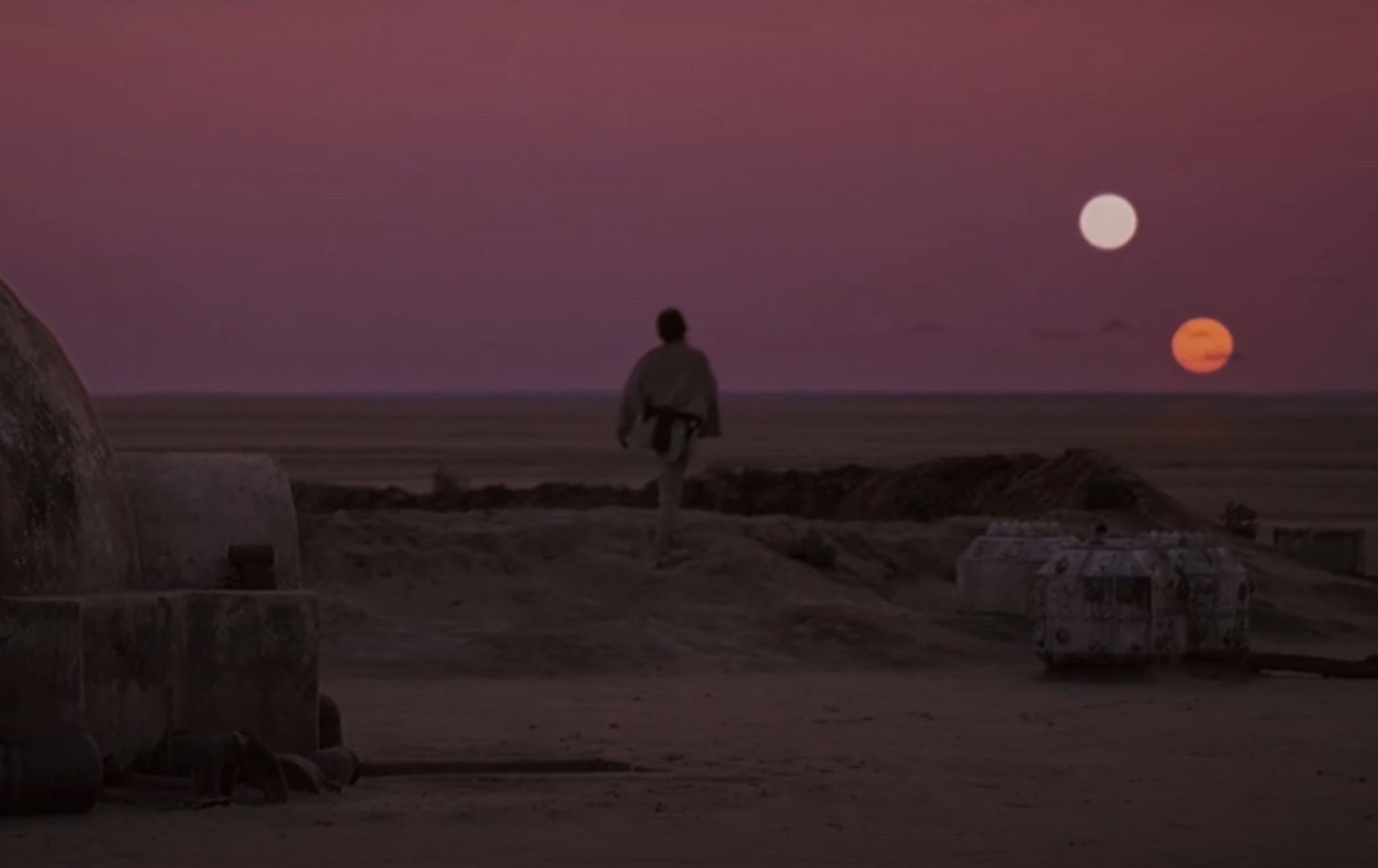NASA compares 'Star Wars' planets to real-life heavenly bodies

MANILA, Philippines — In celebration of the annual Star Wars Day every May 4th, the United States' National Aeronautics and Space Administration (NASA) this year shared images of actual celestial bodies that bore comparisons to some planets in the "Star Wars" universe.
On NASA's official Instagram account, the agency posted photos of the Saturn moon Titan, the planet Uranus and Earth as it compared them to the fictional planets Tatooine, Bespin and Coruscant.
Tatooine is the best-known planet from "Star Wars" because it is the home of Anakin Skywalker and later his son Luke, with many of the films and shows taking place on the desert planet.
Fans remember the iconic shot of Luke staring at Tatooine's two suns while noting the bounty hunters and scums that have made their way to the planet, particularly at Mos Eisley.
NASA compared Tatooine to Saturn's largest moon Titan because of its similar rolling dunes that are comprised of coarse, dark hydrocarbon grains, using a photo captured by the Cassini spacecraft.
Bespin is prominently seen in "The Empire Strikes Back" through Cloud City, overseen by Lando Calrissian; it is a giant planet that is abundant with natural gases.
Earth's own Solar System has its own giant gas planets like Uranus and Neptune, with NASA opting to share a photo of the former as taken by Voyager 2.
The cityscape planet of Coruscant featured in all the prequel films and later returned in more recent projects as "Star Wars" decided to dive into more stories about the Republic and the Empire.
Coruscant has an entirely engineered climate, so NASA shared a photo of Earth, as it is the only planet to date with a surface and environment that changed because of its inhabitants.
On its Facebook account, NASA greeted followers for Star Wars Day with a photo of galaxy cluster SMACS 0723 (Webb’s First Deep Field) — the deepest and sharpest infrared image of the distant universe so far as captured by the James Webb Space Telescope.
In another Facebook post, NASA shared an image of the star TRAPPIST-1 40 light-years away, and the seven Earth-like rocky planets that orbit it, referencing the iconic line by Admiral Ackbar in "Return of the Jedi."
RELATED: May the 4th be with you: Inspiring lines from 'Star Wars'




















